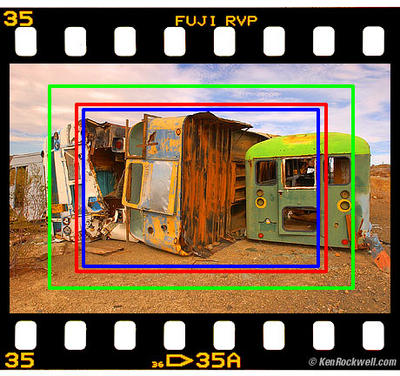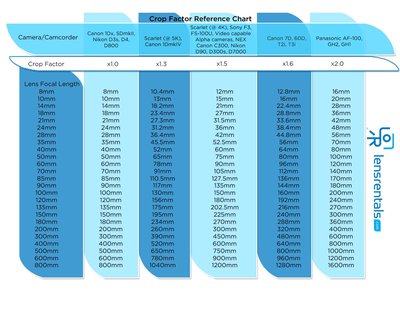I was wondering if someone could give me a link so I could get a better explanation of the differences between a crop sensor and a full frame sensor with regards to lenses and the actual focal lengths you get from a lens on each? For example, I have a D7000 with a 16-85, a 70-300, and a 50 1.8. I'd like to cover a similar range with lenses for a full frame camera. Would a 16mm prime on a full frame camera be similar to a 16mm lens on a crop sensor? I know a FF has a wider field of view but couldn't find any great explanations by searching around. I also had a second question. Are most primes created for FF or crop sensors? For example, when I put my 50mm prime on a full frame camera am I actually seeing the correct FOV of a 50mm lens? I'd like to learn more myself so if you have a link I'm more than capable of reading about the subject.
A quick word on blocking ads

It looks like you are using an ad blocker. That's okay. Who doesn't? But without advertising revenue, we can't keep making this site awesome. Click the link below for instructions on disabling adblock.














